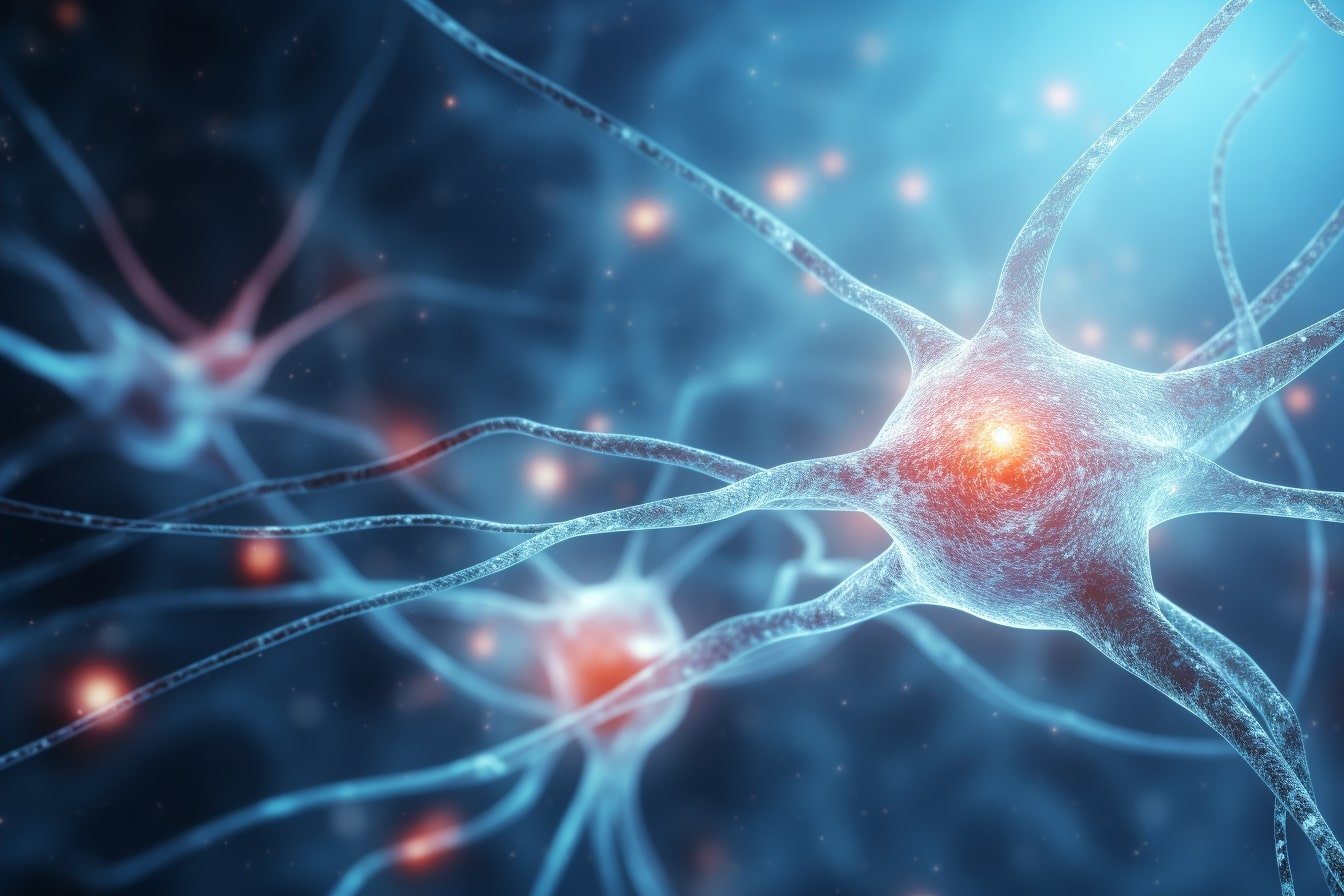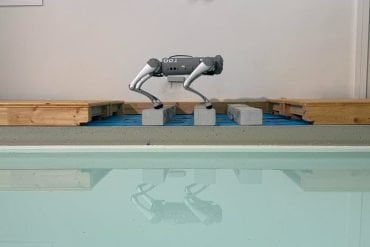Summary: Researchers have made a breakthrough in Alzheimer’s disease (AD) research by identifying a protein that could be key in slowing the disease’s progression. They found that the protein Slingshot Homolog-1 (SSH1) inhibits the protective biological activity of Nuclear factor erythroid 2-related factor 2 (Nrf2), which normally defends the brain against oxidative damage.
By genetically eliminating SSH1, researchers saw an increase in Nrf2 activation, thereby slowing down brain damage and the build-up of toxic plaques and tangles associated with AD. The team hopes that the development of SSH1 inhibitors could lead to significant advances in AD treatment.
Key Facts:
- The protein SSH1 was found to inhibit Nrf2, a protein which normally defends the brain against oxidative damage.
- Eliminating SSH1 genetically increases Nrf2 activation, slowing the development of brain damage and toxic plaques and tangles, the key risk factors for Alzheimer’s disease.
- Case Western Reserve University researchers are developing SSH1 inhibitors as potential neuroprotective medicines.
Source: Case Western Reserve
A new study by researchers at Case Western Reserve University revealed that the progression of Alzheimer’s disease (AD) can be slowed by suppressing a specific protein in the brain that causes corrosion.
A main pathogenic initiator of AD and related dementias is oxidative stress, which corrodes the brain, called oxidative damage.

David E. Kang, the Howard T. Karsner Professor in Pathology at the Case Western Reserve School of Medicine and the study’s lead researcher, said they’ve identified for the first time a cause for the loss of so-called “oxidative damage defense” in AD.
A protein called Nuclear factor erythroid 2-related factor 2 (Nrf2) is regularly activated in response to oxidative stress to protect the brain from oxidative damage. But in the brain of someone with AD, Nrf2 defense against oxidative stress declines. How that occurs in AD was unknown.
The study, recently published in the peer-reviewed journal PNAS, found that a protein called Slingshot Homolog-1, or SSH1, stops Nrf2 from carrying out its protective biological activity.
Genetically eliminating SSH1 increases Nrf2 activation and slows the development of oxidative damage and buildup of toxic plaques and tangles in the brain—both risk factors for AD. As a result, the regular connections between brain cells are maintained and degeneration of brain nerve cells is avoided, they found.
The finding is significant because most clinical trials have been conducted with people with advanced dementia. The tests focused mainly on managing and reducing symptoms to enhance daily functioning and quality of life.
“Focusing on clinical trials in the early stages of AD increases the likelihood of success,” Kang said. “In the upcoming five years, I also think we’ll see modest improvements in treatments for Alzheimer’s disease, which will help slow AD’s course.”
For example, clinical trials for Leqembi—medication for early AD recently approved by the U.S. Food and Drug Administration—have shown somewhat promising results to slow progression of the disease.
Case Western Reserve is among those working on SSH1 inhibitor compounds as potential neuroprotective medicines.
“Many promising drug candidates are certainly in the pipeline,” Kang said.
About this Alzheimer’s disease research news
Author: William Lubinger
Source: Case Western Reserve
Contact: William Lubinger – Case Western Reserve
Image: The image s credited to Neuroscience News
Original Research: Closed access.
“Slingshot homolog-1–mediated Nrf2 sequestration tips the balance from neuroprotection to neurodegeneration in Alzheimer’s disease” by David E. Kang et al. PNAS
Abstract
Slingshot homolog-1–mediated Nrf2 sequestration tips the balance from neuroprotection to neurodegeneration in Alzheimer’s disease
Oxidative damage in the brain is one of the earliest drivers of pathology in Alzheimer’s disease (AD) and related dementias, both preceding and exacerbating clinical symptoms. In response to oxidative stress, nuclear factor erythroid 2-related factor 2 (Nrf2) is normally activated to protect the brain from oxidative damage.
However, Nrf2-mediated defense against oxidative stress declines in AD, rendering the brain increasingly vulnerable to oxidative damage. Although this phenomenon has long been recognized, its mechanistic basis has been a mystery.
Here, we demonstrate through in vitro and in vivo models, as well as human AD brain tissue, that Slingshot homolog-1 (SSH1) drives this effect by acting as a counterweight to neuroprotective Nrf2 in response to oxidative stress and disease.
Specifically, oxidative stress-activated SSH1 suppresses nuclear Nrf2 signaling by sequestering Nrf2 complexes on actin filaments and augmenting Kelch-like ECH-associated protein 1 (Keap1)–Nrf2 interaction, independently of SSH1 phosphatase activity.
We also show that Ssh1 elimination in AD models increases Nrf2 activation, which mitigates tau and amyloid-β accumulation and protects against oxidative injury, neuroinflammation, and neurodegeneration. Furthermore, loss of Ssh1 preserves normal synaptic function and transcriptomic patterns in tauP301S mice.
Importantly, we also show that human AD brains exhibit highly elevated interactions of Nrf2 with both SSH1 and Keap1. Thus, we demonstrate here a unique mode of Nrf2 blockade that occurs through SSH1, which drives oxidative damage and ensuing pathogenesis in AD.
Strategies to inhibit SSH1-mediated Nrf2 suppression while preserving normal SSH1 catalytic function may provide new neuroprotective therapies for AD and related dementias.







